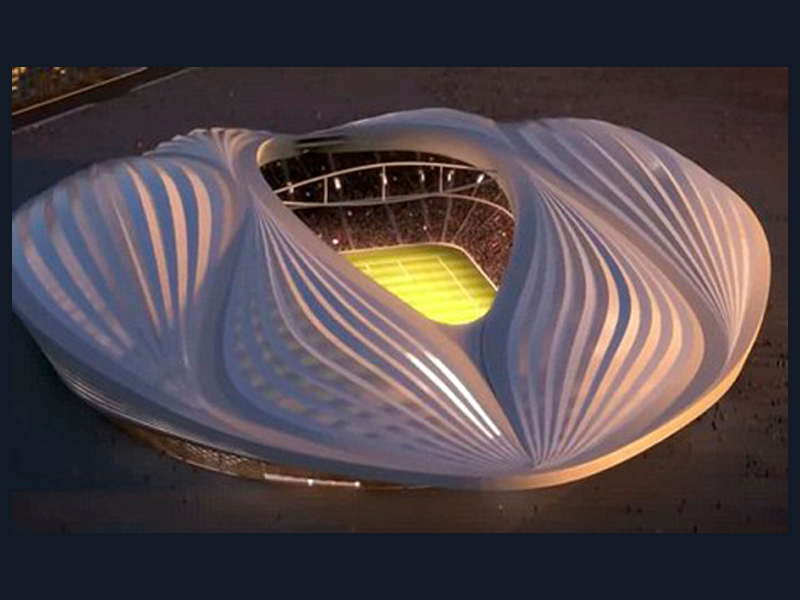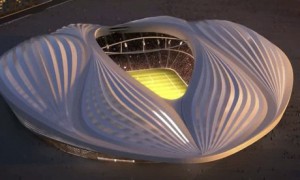
The Football Stadium Dilemma
It’s no secret that I am an avid follower of football. I have attended each of the first three official Gibraltar UEFA games and have just booked my Dublin flights for Gibraltar’s trip to Eire in October. Add a handful of West Ham games each season and I can vouch for having seen a fair few football stadia over the years.
The Gibraltar football stadium debate is red hot. After the euphoria of becoming UEFA’s 54th member, the highly credible 0-0 draw with Slovakia and the drawing of Scotland, Germany, Ireland and others in Group D, the buzz has somewhat dissipated into disagreement. Where should the stadium be built? Should a stadium be built? What size? What height? How about the impact on the environment? Some of these factors are ones that the planning authority considers all the time. This application is different because it is the national football stadium and a real game changer for the Gibraltar landscape.
This debate is not unique to Gibraltar.
West Ham submitted their bid to convert the Olympic Stadium in Stratford, London, into a football stadium in 2010. It took 3 years of planning issues, bidding battles, high court decisions and judicial reviews before planning permission was granted in May 2013. West Ham will kick off the 2016-17 season at the Queen Elizabeth Olympic Park Stadium (and hopefully still in the Premier League!).
In March 2014, David Beckham, recent owner of a Miami MLS football club, unveiled detailed plans for a 25,000 all seater waterfront stadium on the island port with sweeping views of downtown Miami. Development of the 36-acre space would cost about $200 million and include shops, hotels and offices connected to the mainland by a pedestrian bridge.
Yet, within a month, on April 14th, an alliance of shipping interests and a billionaire car dealer placed an advertisement in the Miami Herald protesting against Beckham’s plans for the football stadium at the Miami port, saying it threatened the city’s plans to capitalise on the expansion of the Panama Canal. How long will this planning process take I wonder? And is Beckham up for the planning process and facing up to the many obstacles ahead of him?
It seems that iconic football stadia around the world never escape controversy from inception to completion.
The initial plan for the reconstruction of Wembley was for demolition to begin before Christmas 2000, and for the new stadium to be completed sometime during 2003. However, this work was delayed by a succession of financial and legal difficulties. In October 2005, the then Sports Minister Richard Caborn announced: “… the 2006 Cup Final will be there, barring six feet of snow …..”. However, in February 2006 the FA announced that due to safety concerns, that year’s FA Cup final would be at the Millennium Stadium in Cardiff and not Wembley. Big shame as West Ham won their way through to the FA Cup Final that year. (I was there to witness Stephen Gerrard’s last minute equaliser prompting extra time, penalties and a Liverpool victory. What a shame, wouldn’t have happened at Wembley!)
£120m of the funding for Wembley’s reconstruction, came from the National Lottery and a condition of the funding was that the stadium must be capable of being used for athletics. So the ability to add a running track was included in the design. Yet, even now, the process to convert the stadium into a track and field venue would take weeks and would costs millions. To the best of my knowledge, no athletics events have ever taken place at the stadium and none are envisaged.
Next month sees the start of the Word Cup in Brazil. Although expectations are high for the host’s football team, it’s quite clear that the country didn’t do a very good job preparing for the tournament. At the time of writing, there are still doubts as to whether the stadiums will be finished in time, and it’s highly unlikely that all the promised infrastructure work will be completed. And that’s despite the event being awarded to Brazil in 2007.
The World Cup stadiums were supposed to be financed mostly by private companies but today it’s known that public funds are behind the vast majority of them, either through loans or tax breaks. That, in part, is what has fueled the street protests across the country over the last few years.
Controversy surrounds the mistreatment and conditions of the immigrant workers in the construction of the World Cup Stadiums in Qatar as well. A Daily Mirror investigation in March of this year revealed 1,200 workers had died so far during the course of construction.
However, it is the design of the Al-Wakrah stadium in Qatar that really had the media buzzing last November. Holly Baxter, writing in the Guardian described the artist impression of the finished stadium as “an accidental vagina”. She wrote: “The Qatari stadium’s resemblance to a woman’s private parts may be unintentional, but I for one applaud it.” But the renowned (female) architect of the stadium, Zaha Hadid, was unamused by comparisons of her stadium to female genitalia. “It’s really embarrassing that they come up with nonsense like this,” she told Time Magazine.
So whilst we debate the merit of the design and location of Gibraltar’s new football stadium, we can rest assured that rarely does a new national football stadium, not attract controversy from inception to completion. At least our stadium does not resemble any private parts.
Contributed by Mike Nicholls
Recent articles
-
New Year, New Beginnings
We are delighted to start the year by announcing two well-deserved internal …
-
Chestertons BIG Donation
Following our recent appeal, we are delighted to share the outcome of …
-
Chestertons pauses its BIG Breakfast for one year only and launches the BIG Donation in support of GBC Open Day
For the first time in a decade, Chestertons will not be delivering its …

